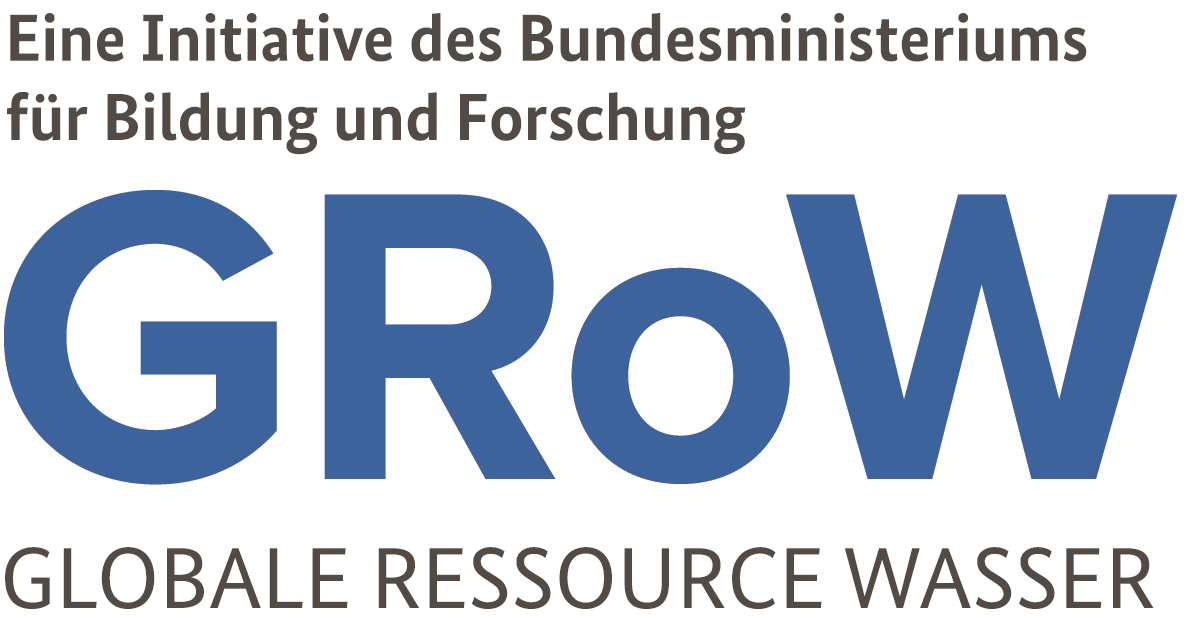Transfer success in the MuDaK-WRM project: The MoRE substance emission model will be transferred to the Paranapanema region in Southern Brazil
| Date |
Date
|
The multi-scale hydrological substance emission model MoRE (Modelling of Regionalized Emissions) was further developed and optimized by GRoW researchers and will now be used by the associated MuDaK-WRM project partner Universidade Federal do Paraná (UFPR) in the Paranapanema River in Southern Brazil.
The overall objective of the GRoW project MuDaK-WRM is the development and implementation of a globally applicable catchment and water management system with reduced parameter requirements for the determination of medium to long-term water quality fluctuations in reservoirs. In order to reduce the data requirements of such a system, the GRoW researchers optimized the multi-scale hydrological substance emission model MoRE, which will now be used beyond the initial project region of the Passauna reservoir in the Brazilian state of Paraná: The national water authority of Brazil, Agência Nacional de Aguas (ANA), is promoting a transfer project that envisages the application of the MoRE model to the Paranapanema River. The Paranapanema has a flow length of more than 900 km and comprises 11 reservoirs. The model will be used here to calculate long-term nutrient inputs. Against this background, a one-week “winter school” took already place in June 2019 with representatives from Sanepar and UFPR. This strengthened the continuation of MoRE on the operator side, and contributed to the implementation and use of the model for future projects within the UFPR.
Further information on the MoRE model is available here.
